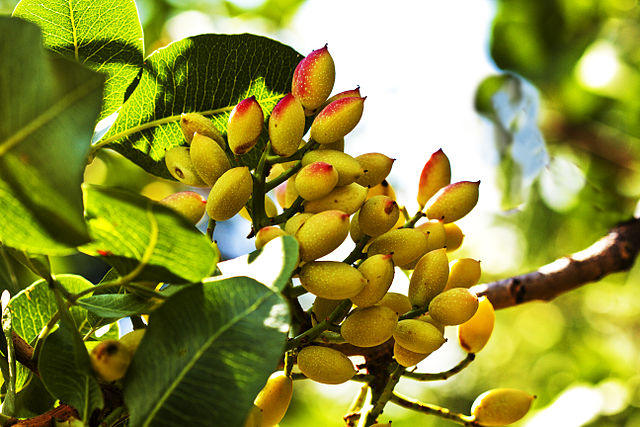Class 4.2 includes: Pyrophoric substances, which are substances, including mixtures and solutions (liquid or solid), which, even in small quantities, ignite within 5 minutes of coming into contact with air. These substances are the most liable to spontaneous combustion & Self-heating substances, which are substances, other than pyrophoric substances, which, in contact with air without energy supply, are liable to self-heating. These substances will ignite only when in large amounts (kilograms) and after long periods of time (hours or days).
Classification of Pyrophoric Substances
Pyrophoric means “fire-bearing”. United Nations Manual of Tests and Criteria, part III, 33.3.1.4 & 33.3.1.5 lays out the criteria for testing and classification of pyrophoric solids and liquids respectively. These are extremely hazardous substances as they can start burning upon coming into contact with air. Pyrophoric liquids are comparatively easier to handle as solids require glow box sealed and flushed with inert gas. Liquids are stored in hydrocarbon solvents or in mineral oil. These substances are stored and transported in specialized cylinders and tanks.
Procedure for testing pyrophoric solid: One to two ml of the powdery substance to be tested should be poured from about 1 m height onto a non-combustible surface and it is observed whether the substance ignites during dropping or within 5 minutes of settling. This procedure should be performed six times unless a positive result is obtained earlier. If the sample ignites in one of the tests, the substance should be considered pyrophoric and should be classified in packing group I of Division 4.2.
Procedure for testing pyrophoric liquid: A porcelain cup of about 100 mm diameter should be filled with diatomaceous earth or silica gel at room temperature to a height of about 5 mm. Approximately 5 ml of the liquid to be tested should be poured into the prepared porcelain cup and it is observed if the substance ignites within 5 minutes. This procedure should be performed six times unless a positive result is obtained earlier. If a negative result is obtained, then A 0.5 ml test sample should be delivered from a syringe to an indented dry filter paper. The test should be conducted at 25 ± 2 °C and a relative humidity of 50 ± 5%. Observations are made to see if ignition or charring occurs on the filter paper within five minutes of addition of the liquid. This procedure should be performed three times using fresh filter paper each time unless a positive result is obtained earlier.
Finely divided aluminium and iron have pyrophoric properties.
Depending on their properties organometallic substances may be classified in class 4.2 or 4.3 in accordance with section 2.4.5 of IMDG Code.
Loading on board ships and emergency response
In the old days when size of ships were smaller certain pyrophoric substances were prohibited to be carried on board vessel when she is also carrying Class 1 explosives. This is to prevent a fire when there is explosive cargo on board. Today the rule is to keep the pyrophoric container “Separated longitudinally by an intervening complete compartment or hold from” Class 1 explosives. Thus on deck stowage will be;
Vertical: Prohibited,
Athwartships: Prohibited,
Fore & Aft: Minimum horizontal distance of 24 meters.

There is no spillage control measures as within 5 minutes of coming out of packages these substances will start burning hence spillage schedule is firefighting.
Examples of Pyrophoric substances: tert-Butyllithium, Diethylzinc, Triethylaluminium
Self-heating substances & Classification: Self-heating of a substance is a process where the gradual reaction of that substance with oxygen (in air) generates heat. If the rate of heat production exceeds the rate of heat loss, then the temperature of the substance will rise which, after an induction time, may lead to self-ignition and combustion. The ability of a substance to undergo oxidative self-heating is determined by exposure of it to air at temperatures of 100 °C, 120 °C or 140 °C in a 25 mm or 100 mm wire mesh cube.
Section 33.3.1.6 of UN Manual for Tests and Criteria lays down the procedure for classification and assignment of packing group for Class 4.2 Self-heating substances. Oily cotton waste and wet cotton are classified under self-heating as they may start fire spontaneously. Most oil bearing seeds have this nature. Copra when loaded on ships must be kept as dry as reasonably practical & protected from all sources of heat. Provide a good through ventilation for bagged cargo. During the voyage regular temperature readings shall be taken at varying depths in the hold and recorded. If the temperature of the cargo exceeds the ambient temperature and continues to increase, ventilation shall be closed down.
There are four factors which determine or contribute to a substance to under self-heating or spontaneous combustion.
- Volume of Cargo
- Rate of Self-heating
- Presence of moisture
- Ambient temperature and heat dissipation.
Compost of organic material can run into spontaneous combustion. When self-heating causes temperature to rise up to 150 Deg C – 200 Deg C self-ignition occurs. Smothering the compost pile top layer and waiting for fire to die down may take 1 to 2 years! A container stuffed with pistachio can show the properties of spontaneous combustion. Container must be stowed protected from sunlight to avoid possibility of same.










